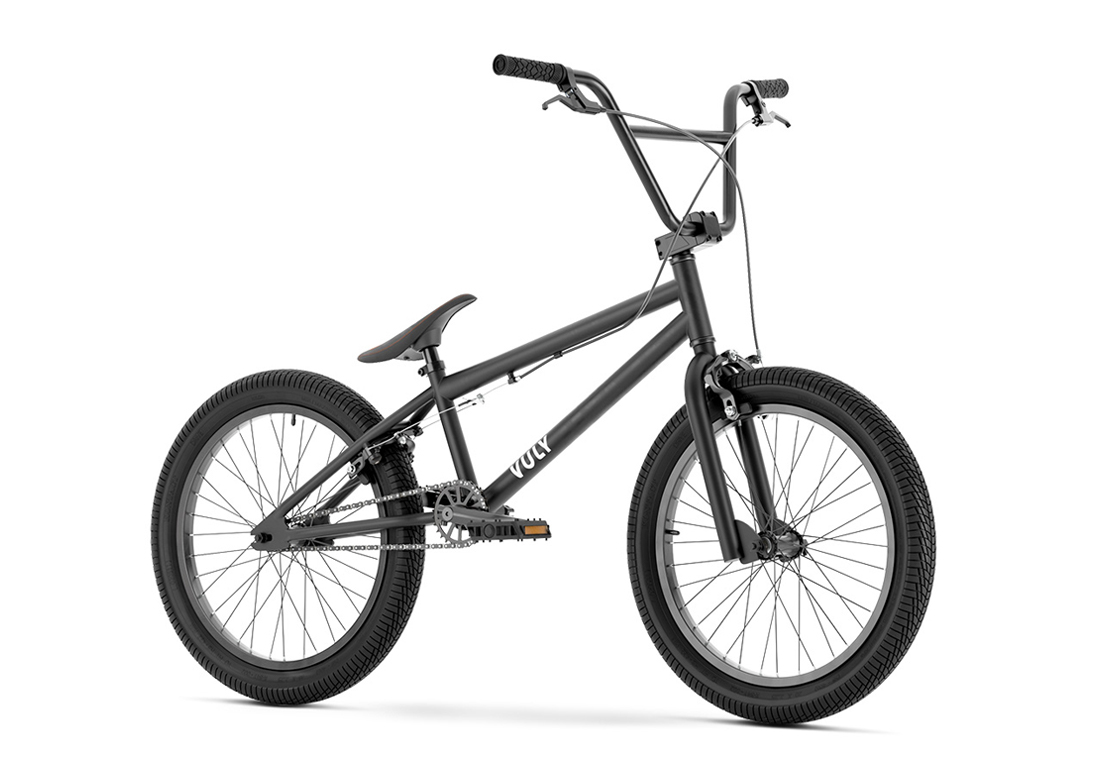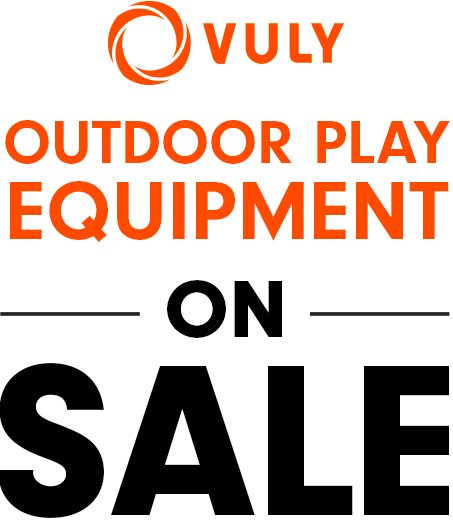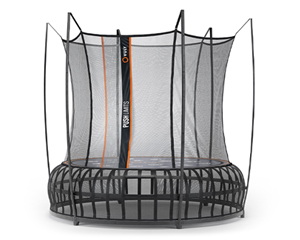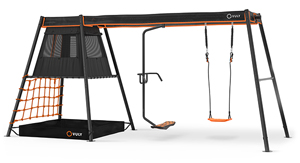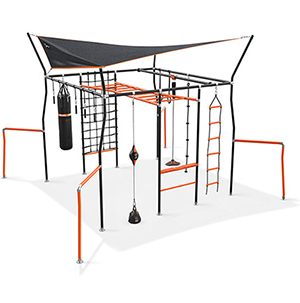
BMX bikes have become very popular in the past few decades and are used in a range of environments. Used on dirt tracks, skate parks and more, BMX bikes are in a league of their own. BMX has branched out in a range of disciplines including
- Race - The BMX race discipline is probably the most different from the rest of other disciplines. BMX Race bikes are built lighter to optimise for speeds. These bikes are generally used on Olympic style race tracks. Race bikes are less durable and are not suited for tricks and hard impacts.
- Skatepark - Park riding refers to riding in the skate park with a BMX bike. This is where riders can focus on perfecting their tricks and freestyle riding.
- Dirt/ Trails - BMX Dirt or trail riding is for adrenaline junkies who seek purpose-built ramps and berms to do tricks and built speed. BMX bikes used for trail riding are generally bigger in frame and wheel sizes larger than 20 inches. The bigger wheels help with the rough terrain that comes with trail riding.
- Street - Street riding makes use of the man-made infrastructure around them. BMX riders who go street riding get creative and make use of gutters, stairs and rails to do their tricks.
- Flatland - Flatland BMX riders are considered to be the most creative out of all the disciplines because there are no ramps, or infrastructure to take advantage of. BMX riders who specialise in flatland riding get creative and pivot, balance and do tricks on their own. Some refer to this as “break dancing”
Keeping all of these disciplines in mind, you’ll be spoilt for choice with the options of BMX bikes available to you. We’ve put together a simple guide to help you choose the best BMX bike for your kid!
Buying a BMX Bike
There are a few primary components of a BMX bike you need to consider when choosing the right BMX bike. From size to quality of materials, we’ll cover it all here.
BMX Bike Size
Most BMX bikes come in one size and that’s usually the 20” model. You’ll be able to find some wheel sizes bigger like a 22” or 24 inches, but they’re normally used for BMX Trails.
For your child to be comfortable riding a 20” BMX bike, they will need to be at least 114cm and recommended to be 8 years old.
At Vuly Play, we have the most common sized BMX available which is the 20-inch bike
Material
BMX Bikes are designed for you to push limits off-road and in the skate park, that’s why if you’re looking to buy a BMX that can take the brunt of falls and tricks, the ideal material is steel or aluminium as they’re both lightweight for easy manoeuvring and durable enough for tricks around the skatepark.
For the stronger material, you’ll be looking for BMX bikes made from chromoly. Chromoly is alloyed steel stronger than standard steel and mainly used for riders.
Hubs
The BMX hub is vital to a BMX bike as it enables the wheel to freely spin. Hubs are located on both the front and rear wheels and the same type of hub is generally found on both.
BMX Hubs are categorised into 3 different types
- Cassette - Cassette hubs are common among different types of off-road bikes including BMX and mountain bikes. Cassette hubs are also considered to be the traditional BMX hub. If riders were to move back they would need to pedal backwards. Being a staple in the BMX industry, cassette hubs are reliable and much more cost-effective.
- Freecoaster - Freecoaster hubs are becoming more popular and allow the rider to go back without pedalling. They traditionally weigh more than cassette hubs due to design and manufacturing with more hardware inside the hub. If you're looking to do some flatland riding, you should consider buying a BMX bike with freecoaster hubs.
- Freewheel - Freewheel hubs used to be the staple for BMX bikes before being replaced by cassette hubs. They work in a similar fashion however the design of freewheel hubs often limited the rider's gearing options.
Tyres
Tyre choice is an important part of a BMX bike and more important when you start considering the different types of disciplines. For most riders, who will mostly use it for street and skate park riding, smooth rolling and wide tyres are recommended.
If you’re looking to take on some more rough terrain and got dirt or trail riding, you’ll need to be on the lookout for tyres with more tread and traction. This will help with better handling.
add Frequently Asked BMX Questions
What age is an 18 inch BMX bike for?
18 inch BMX bikes are common for the younger riders who are looking to join in the skatepark. Because they are smaller in frame, they’re more suited to kids that are aged between 6-7
What age is a 20 inch BMX bike for?
20 inch BMX bikes are the common size for BMX bikes. The recommended minimum age for a 20 inch BMX bike is 8 years old and can be used by both kids and adults.
What age is a 22 inch or bigger BMX bike for?
There isn’t a specific age once it gets to 22 inches or bigger. Generally, 22 inches and 24 inch BMX are made larger and used for BMX trails. Riders with a height of over 170cm may be suited to ride BMX sizes larger than 22 inches.
What size BMX bikes do adults ride?
Most adults ride BMX bikes with 20” wheels. When buying a BMX bike, the traditional reference to wheel size and rider height is a bit different. It may look like a BMX bike is too small for the rider but that’s because the small frame allows the rider to have more control over the bike especially when doing tricks.
We hope you have a better idea of what to look for when buying a BMX bike! But remember, a 20 inch BMX bike is the most common size used by both children and adults so don't forget to check out Vuly's BMX bike. If you've read through all this and found out you're after a different kids bike, check out our assortment of children's bikes here. You'll find kids mountain bikes, balance bikes and classic bikes of all sizes so there's a bike for every child!










































